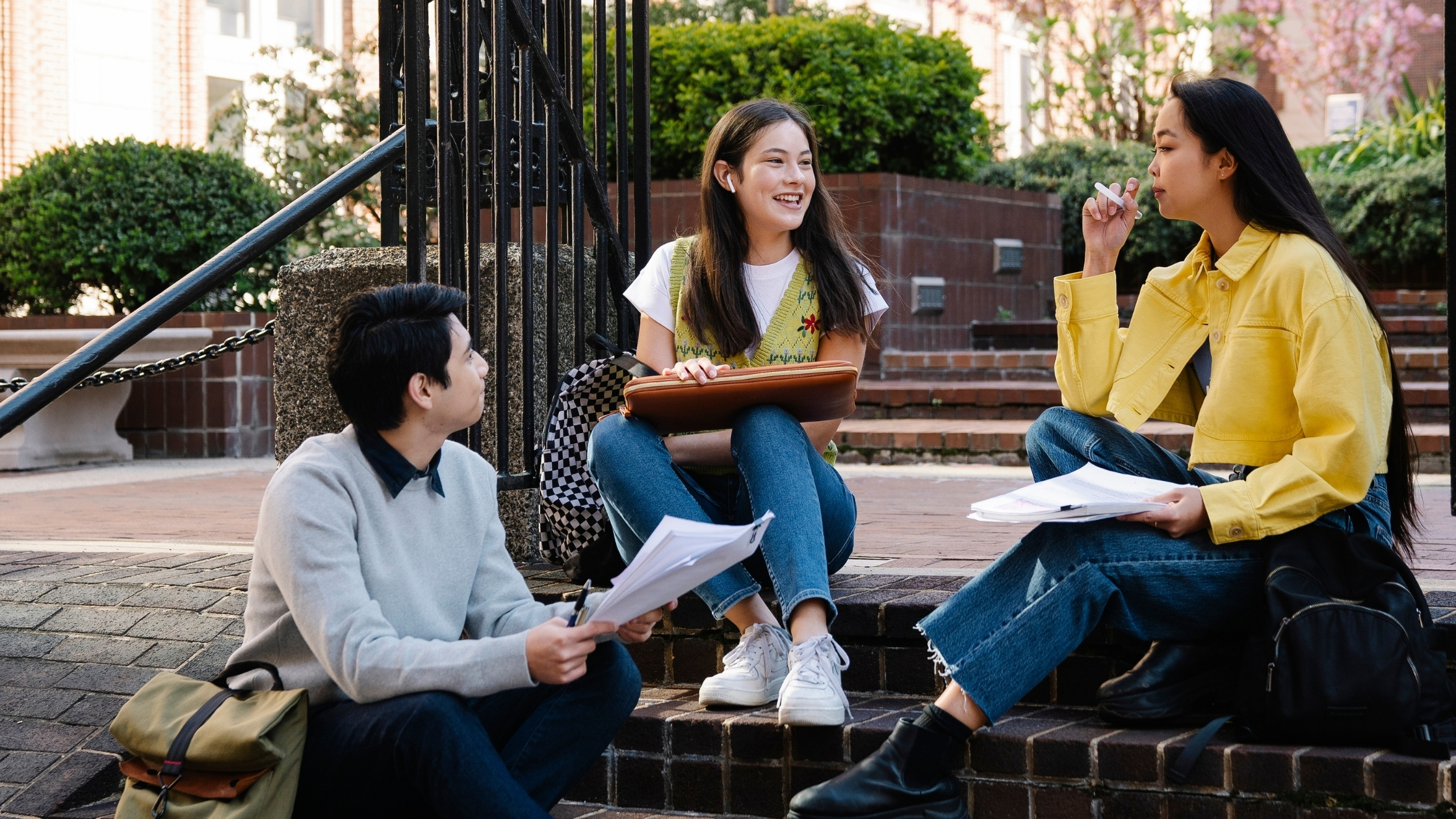There’s no past papers for our syllabus – is it still possible to do well? Everyone knows that the key to doing well is through practising with past questions.’
We’ve all heard about the new changes to the HSC Syllabus. But what exactly has been changed, and how do we reuse old resources to prepare for our exams?
Why the change, and how is the syllabus different?
Imagine that instead of solving mathematical equations, we were tested on the history of Pi. Although this is nice to know, it isn’t crucial for pursuing mathematics in the future. Enter the NESA Board – they have removed lots of rote-learning of scientific history and ‘social context’, and replaced it instead with more concepts of ‘true science’. This is good news for students who struggle with simply memorising and rote-learning, since it puts a higher focus on understanding the actual scientific concept.
The new syllabus can be found on the NESA website below:
It’s important to go through the syllabus dot-points to make sure you’ve covered everything that you need to know. Luckily, Ace structures it clearly for you by bolding the syllabus dot-points in the Theory section and going through each dot-point in detail, so you won’t miss out on any part in the syllabus.
Can we still use past papers?
The answer is yes. Although the syllabus has technically changed, this change is not as significant as you would think. Much of the content from the old syllabus is still recycled in the new one – you will find that when you are going through past papers, familiar questions will jump out at you. This is applicable for both Chemistry and Physics. A few are listed below:
| Past HSC Question (Old Syllabus) | New Syllabus Dot-Point | |
| 2004 HSC Chemistry | Account for the cleaning action of anionic detergents.(2 marks) | Investigate the structure and action of soaps and detergents(Organic Chemistry) |
| 2015 HSC Chemistry | The graph shows the changes in pH during a titration. Which pH range should an indicator have to be used in this titration?(A) 3.1– 4.4(B) 5.0 – 8.0(C) 6.0 – 7.6(D) 8.3 –10.0 Which pH range should an indicator have to be used in this titration?(A) 3.1– 4.4(B) 5.0 – 8.0(C) 6.0 – 7.6(D) 8.3 –10.0 | Investigate titration curves and conductivity graphs to analyse data to indicate characteristic reaction profiles.(Acid Base Reactions) |
| 2010 HSC Physics | An astronaut on the Moon throws a stone from the top of a cliff. The stone hits the ground below 21.0 seconds later. The acceleration due to gravity on the moon is 1.6 ms–2. 150 m 300 ma) Calculate the horizontal component of the stone’s initial velocity. Show your working. (1 mark)(b) Calculate the vertical component of the stone’s initial velocity. Show your working. (2 marks)(c) On the diagram, sketch the path that the stone would follow if the acceleration due to gravity was higher. The initial velocity is the same. (2 marks) | Solve problems, create models and make quantitative predictions by applying the equations of motion relationships for uniformly accelerated and constant rectilinear motion(Advanced Mechanics) |
| 2016 HSC Physics | In a thought experiment, a jet is travelling at 0.5 c relative to the ground, towards a train that is travelling at 0.1 c relative to the ground, as shown. What is the speed of the light emitted from the train’s headlight, as measured by a pilot in the jet?(A) 0.1 c(B) 0.4 c(C) 0.6 c(D) 1.0 c | Analyse and evaluate the evidence confirming or denying Einstein’s two postulates:– the speed of light in a vacuum is an absolute constant– all inertial frames of reference are equivalent(The Nature of Light) |
So, whilst going through past papers, don’t stress too much if you see questions completely unrelated to what you’ve been learning. Instead, it would be more helpful to target your practice towards questions focused on a specific topic (as explained later). In terms of theory, there will be slight differences; however, there are certain broad topics that are carried over. In Chemistry, topics such as equilibrium, titration, ion testing and atomic absorption spectroscopy are carried over, albeit in more detail. For Physics, a large majority of the old syllabus remains, in particular: motion, electromagnetism, properties of light, quantum mechanics and nuclear physics. Both new syllabi, however, have a greater focus on application of knowledge. For Chemistry, this may look like more problem-solving based questions whereas in Physics many of the questions will be calculations.
How should I approach my study using a mixture of old and new syllabus resources?
We’ve compiled a list of different types of old and new resources which you can look at as the exam date comes closer.
- Ace PBC and Tutorial Questions: These creative calculation and theory questions not only help you revise the weekly content but are also designed to inspire you to think outside the box when approaching exam questions. It is essential to complete Ace’s Tutorial questions during the week before your next lesson to further retain your knowledge. Also, the likely ‘mark allocation’ given for each question is extremely useful in giving you an idea of what and how much to include, and how to structure your responses – particularly in an exam setting with time constraints.
- Past HSC Questions: Not all previous HSC questions will be relevant, but it is still good to have a skim through these old papers and attempt any questions targeting common topics. In particular, calculation questions from both subjects will be relevant as these have not changed from the old syllabus. Make sure to look at the marking guidelines as this provides a valuable indication of where NESA likes to allocate its marks.
- Past Paper Questions: Past papers from other schools can be found online through a number of website resources, such as: https://thsconline.github.io/s/. Here, it’s important to selectively choose the questions relevant to your study.
- Textbook Chapter Reviews: For extra information, textbook chapter reviews will also contain extra questions, including those from the new syllabus.


